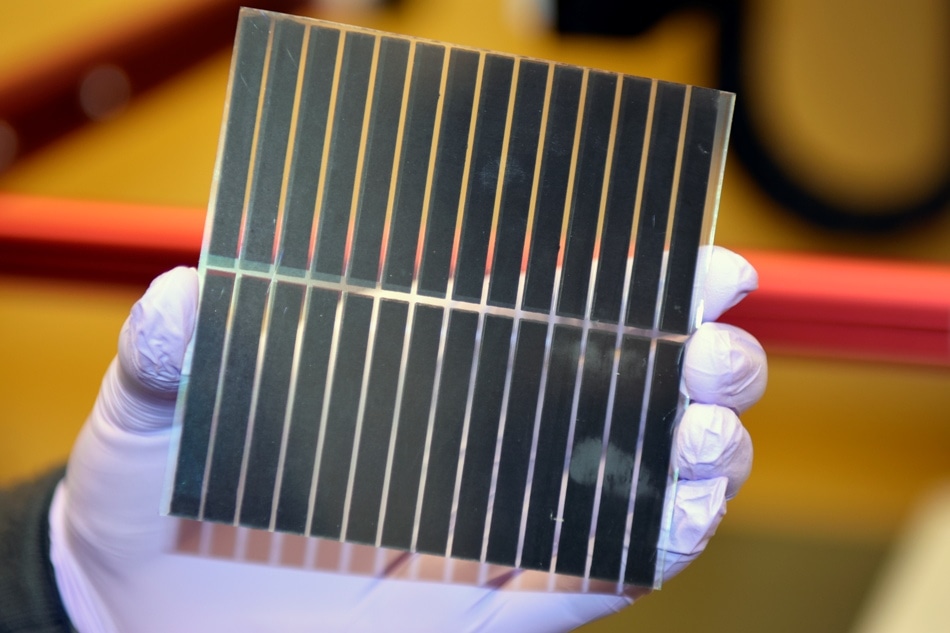As a result there is a lot of interest in alternative photovoltaic materials.
Is there a substitute for silicone in a solar panel.
Scientists at purdue university and the national renewable energy laboratory have discovered how electrons move in a.
In the near term one solution advocated by prof mcgehee is the use of tandem solar cells which layer a perovskite on top of traditional silicon.
Another downside of silicon solar cells is their manufacturing requires expensive ultra high purity silicon.
In spite of this a typical 60 cell crystalline silicon solar module produced today contains up to 12 grams of lead.
A key feature in evaluating alternative solar photovoltaic materials is cell efficiency.
This lead is primarily found within the ribbon coating and soldering paste used.
Researchers from the university of cambridge in the united kingdom and mit the national renewable energy laboratory and colorado school of mines in the usa have been hard at work coming up with a silicon alternative for solar cells given that silicon needs to have extremely high levels of purity and as such is very energy intensive to produce.
Crystalline material could replace silicon to double efficiency of solar cells.
Commercial production of preskovite cells is yet.

